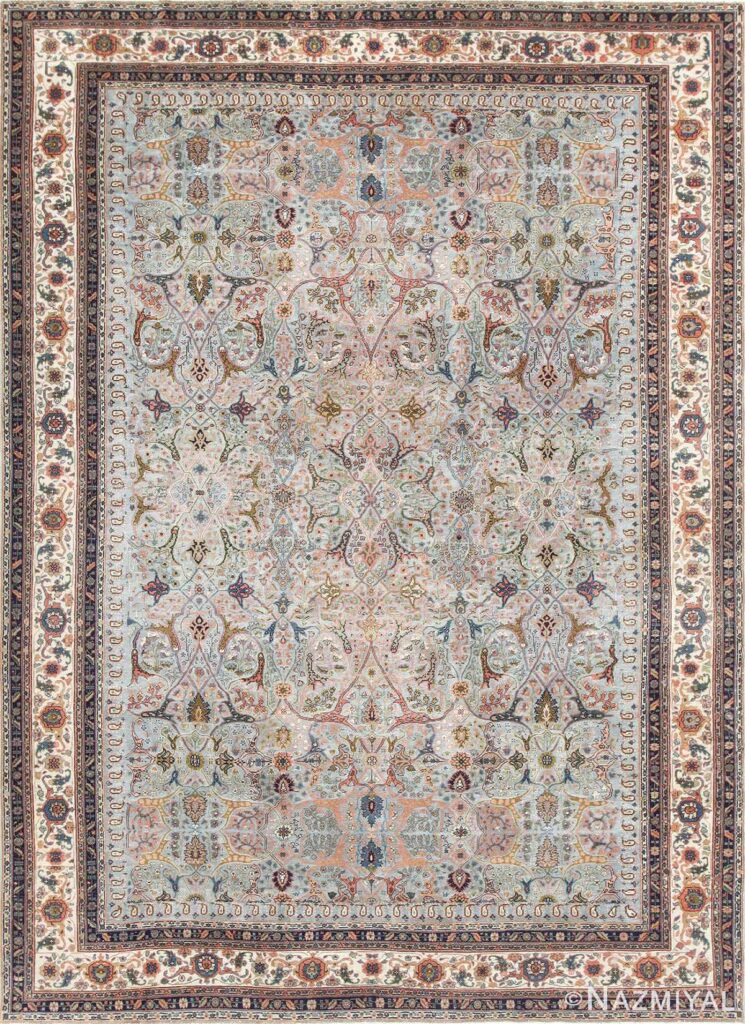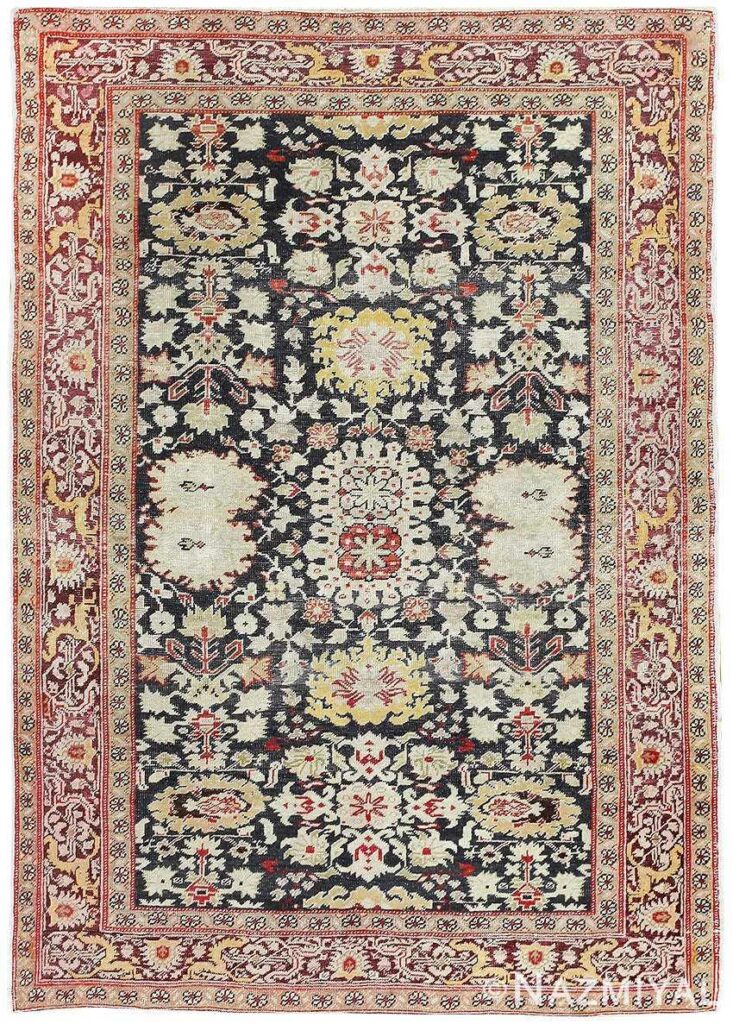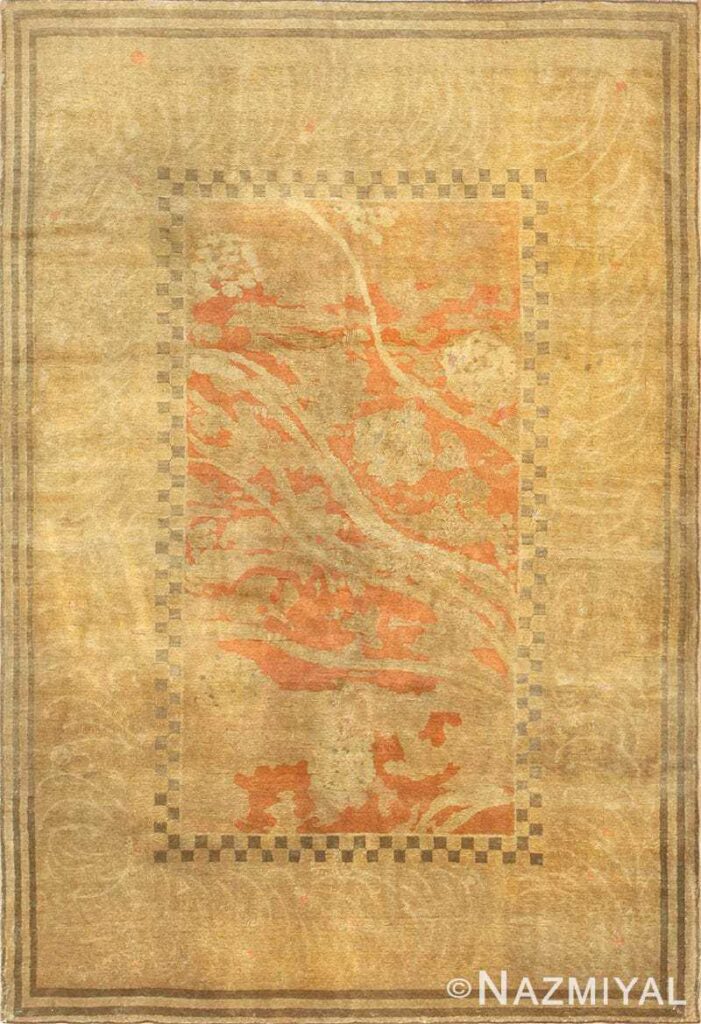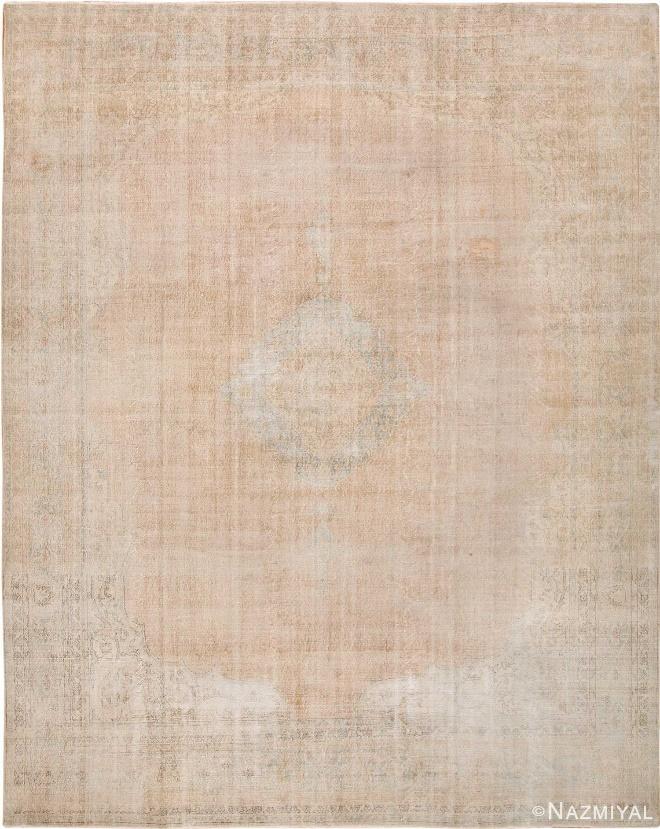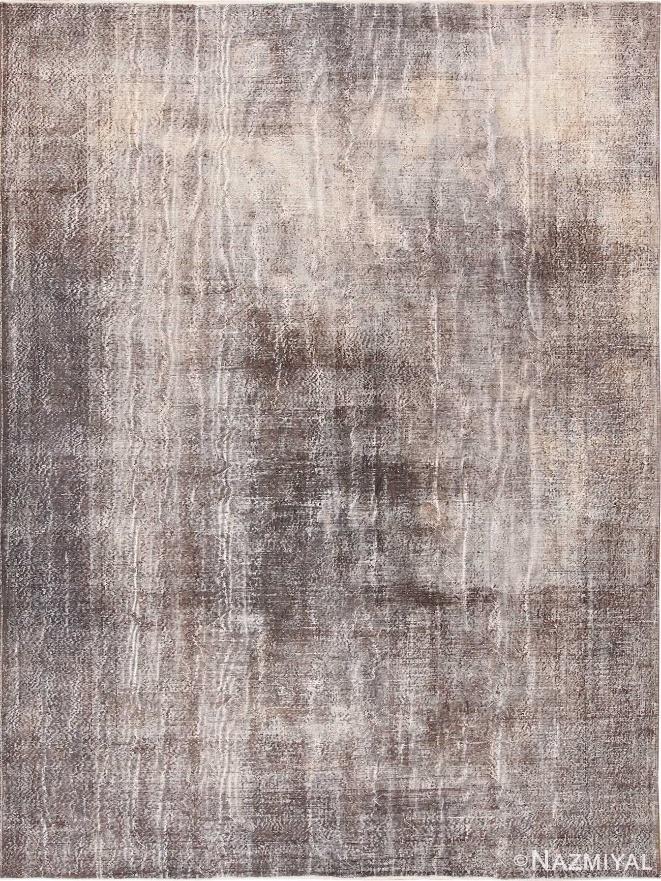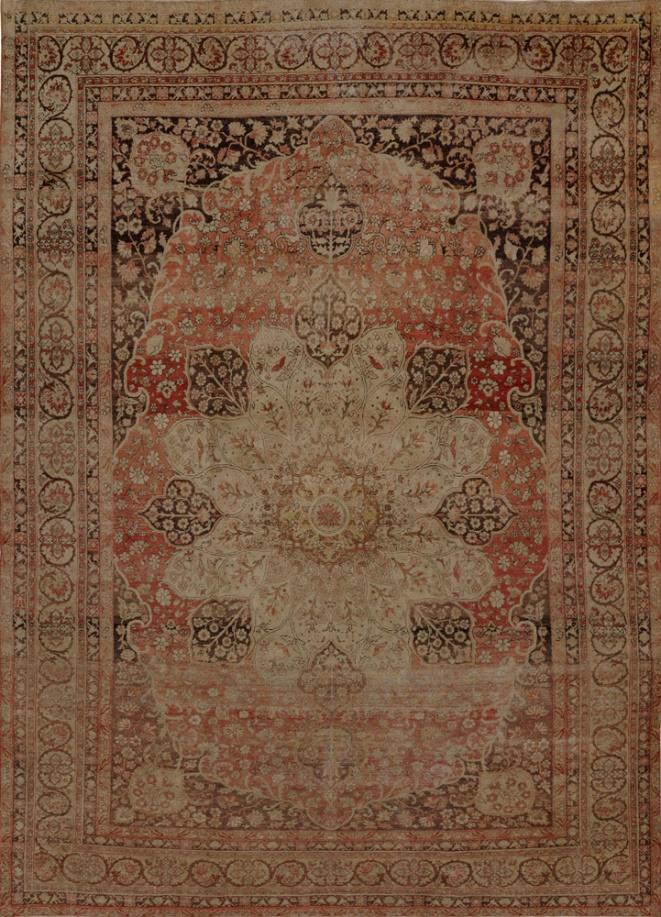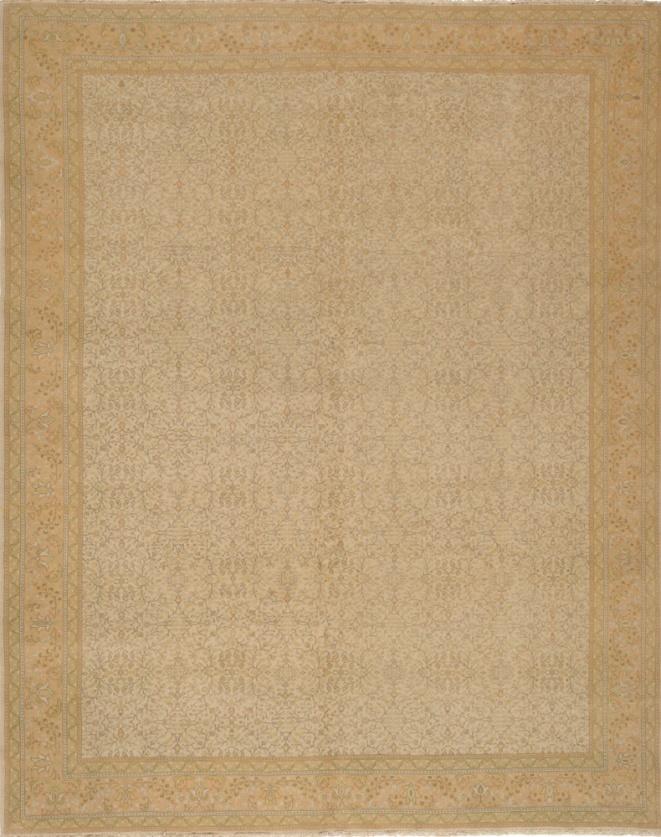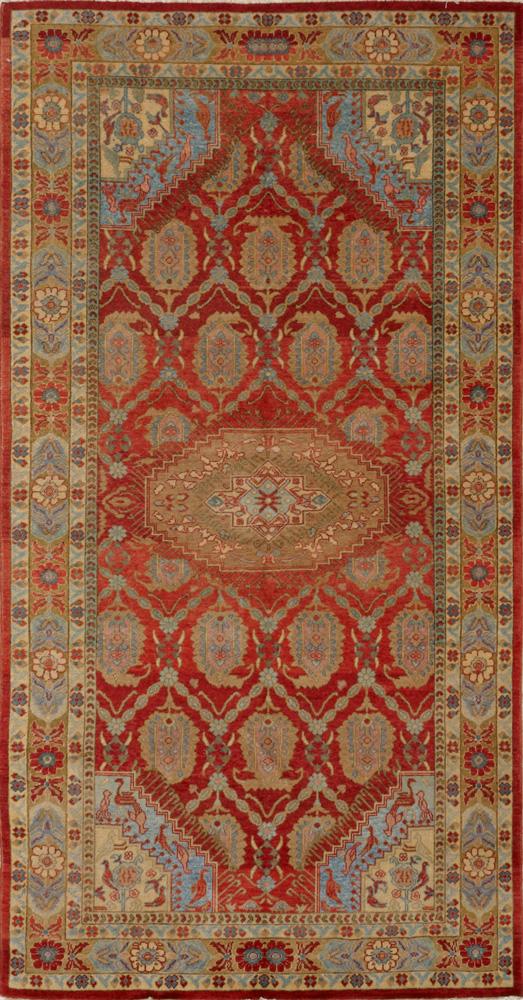Sivas Rugs
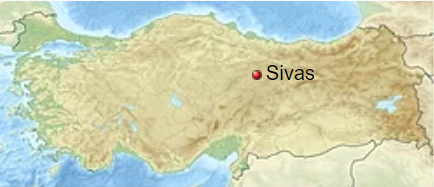
Sivas (also Romanized as Sevas) is a city in north central Anatolia at an elevation of 1,278 metres (4,193 ft) in the broad valley of the Kızılırmak River which is the longest river entirely within Anatolia.
The city’s ancient title “Sebaste” is the feminine form of the Greek pronunciation for Augustus. The name “Sivas” is the Turkish version deriving from the name Sebasteia, as the city was known during the late Roman (Byzantine) empire. Sebasteia became the capital of the province of Armenia Minor under the emperor Diocletian.

The city have used to be a commercial hub for the north–south and east–west trade routes to Mesopotamia and Persia, respectively. Not only rugs and carpets but also designs and designers have used to come from the Persian route. Sivas could be considered an Anatolian center for Persian rugs.
Kilims and prayer rugs with Anatolian style and structure are also produced like elsewhere in Anatolia but the government-operated weaving school continue the Persian style. Sivas’ prison is a source for rugs with Persian designs, woven by prisoners.
Technical aspects and the structure of Sivas Rugs
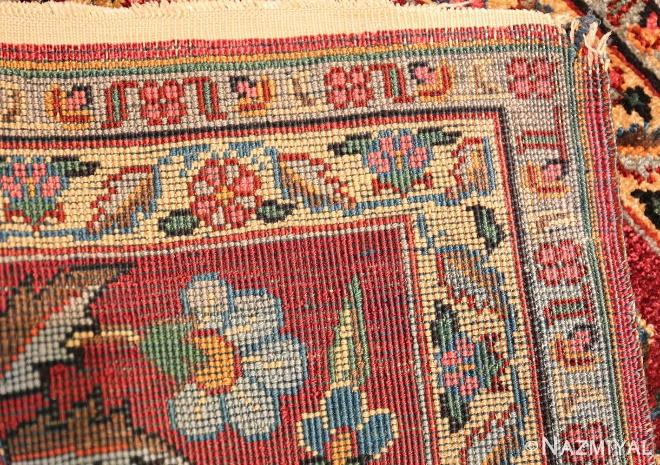
Sivas rugs woven at a government-operated weaving school follow Persian structure and designs. They have mainly asymmetric (Persian) knots. Pieces with Anatolian designs like prayer rugs have symmetric (Turkish) knots.
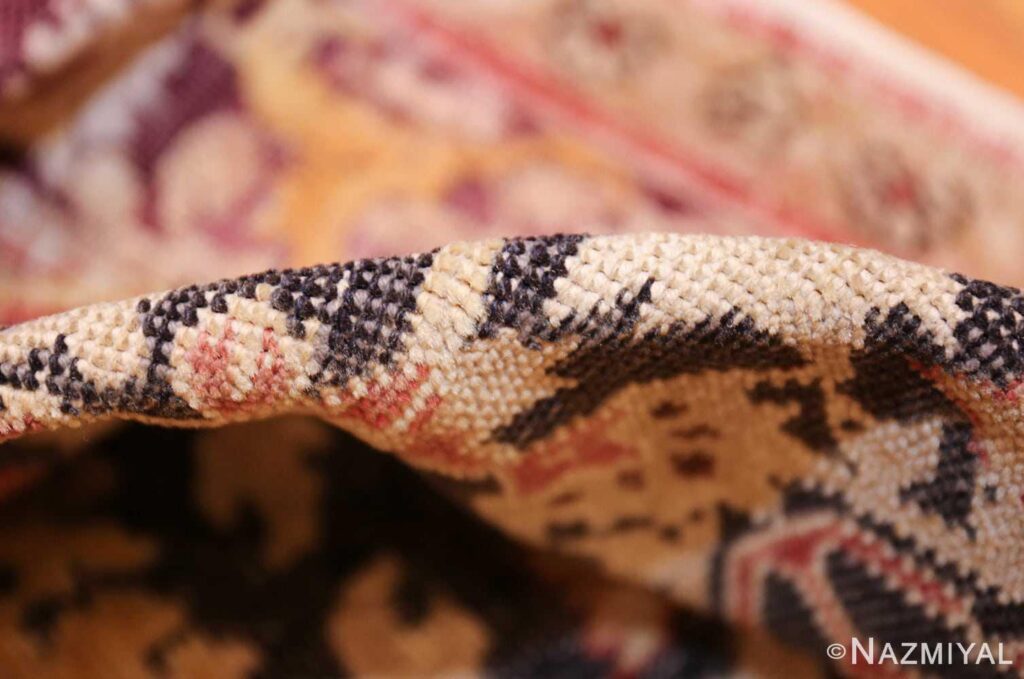
Antique Sivas rugs are completely woolen. Now, cotton is increasingly used in the foundation. Sivas considered a big cotton producing center.
Small carpets and rug sizes are found in Sivas. Sivas Antique kilims have borders and were woven in single pieces. prayer sizes are common for kilims.
Dyeing and painting of Sivas Rugs
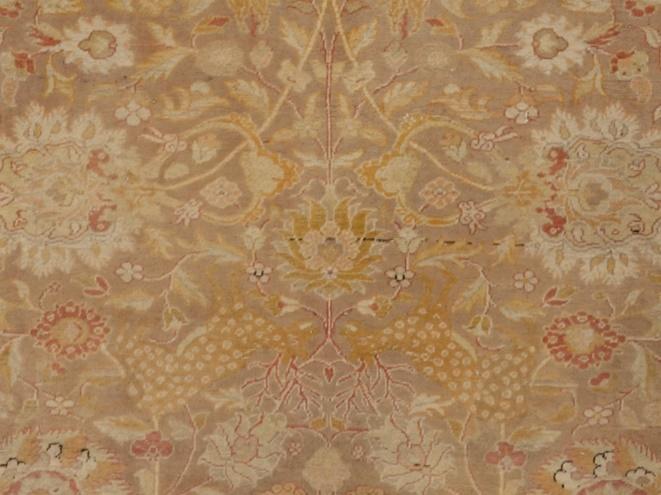
Some contemporary Sivas rug have pale features obtained by acid washing. Contemporary prayer kilims woven in the area have either apricot or salmon border. Warps are white in such pieces.
Pieces with Persian designs not necessarily follow the original Persian palette.
In paneled designs the panels are distinguished with various (sometimes opposing) colors.

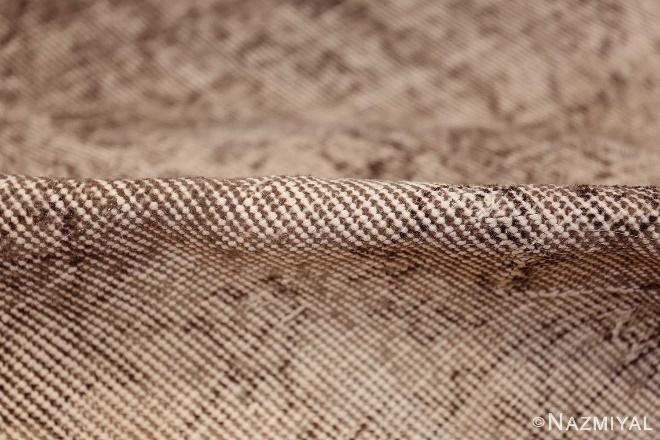
Designs and patterns of the Sivas Rugs
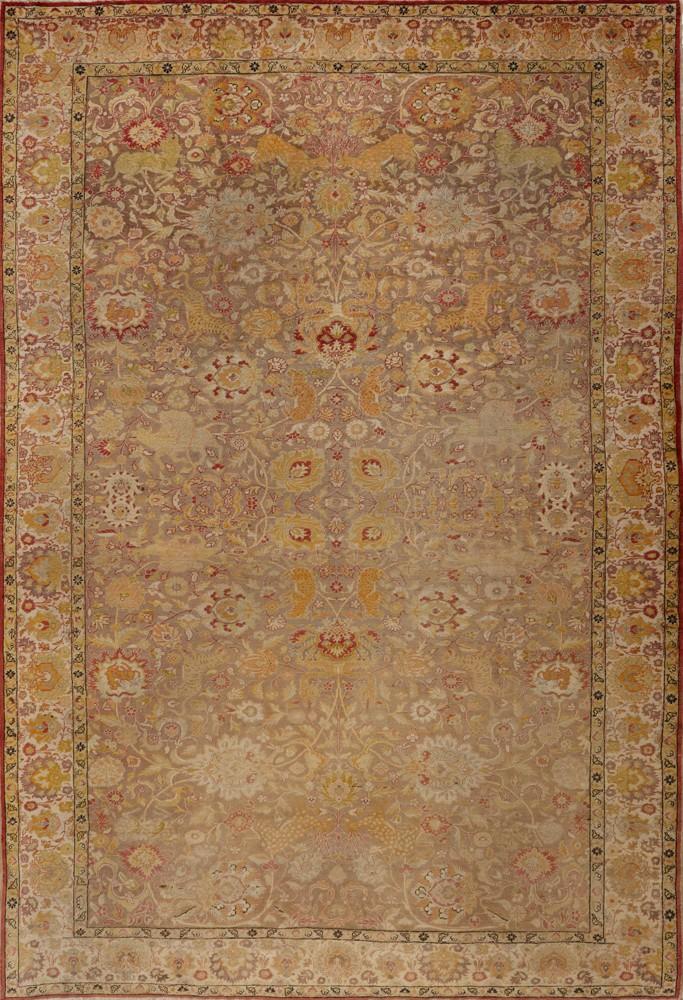
Various Persian designs used to be copied in Sivas including those from Tabriz, Herat, Kashan and Kerman. These could be either medallioned, vase or all-over designs.
Pieces with Anatolian designs have stepped mihrabs in prayer rugs and stepped medallions in paneled designs.
Antique kilims from the region have designs with sandıklı motif. Sandıklı or hope chest is a box-shaped motif representing dowry chests which symbolize girls’ hope of marriage. Contemporary kilims have chiefly prayer designs.
